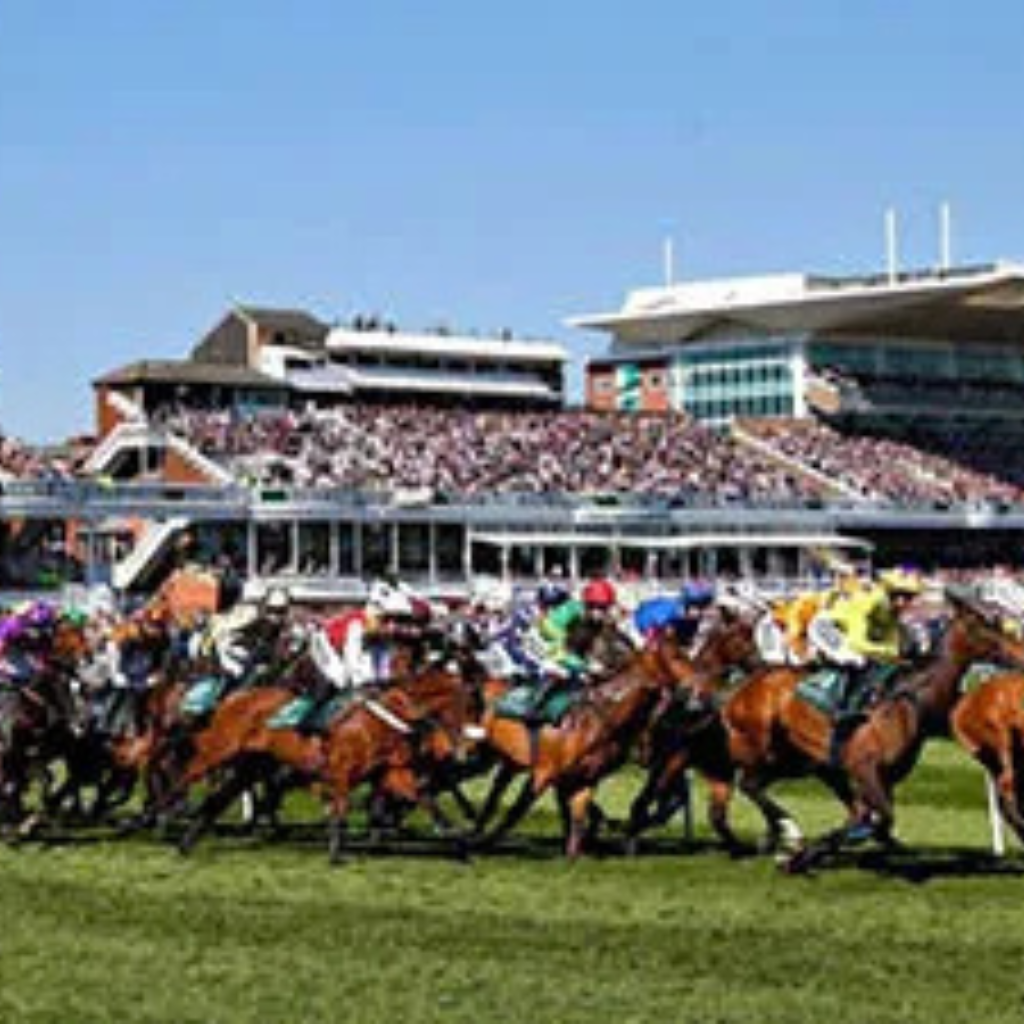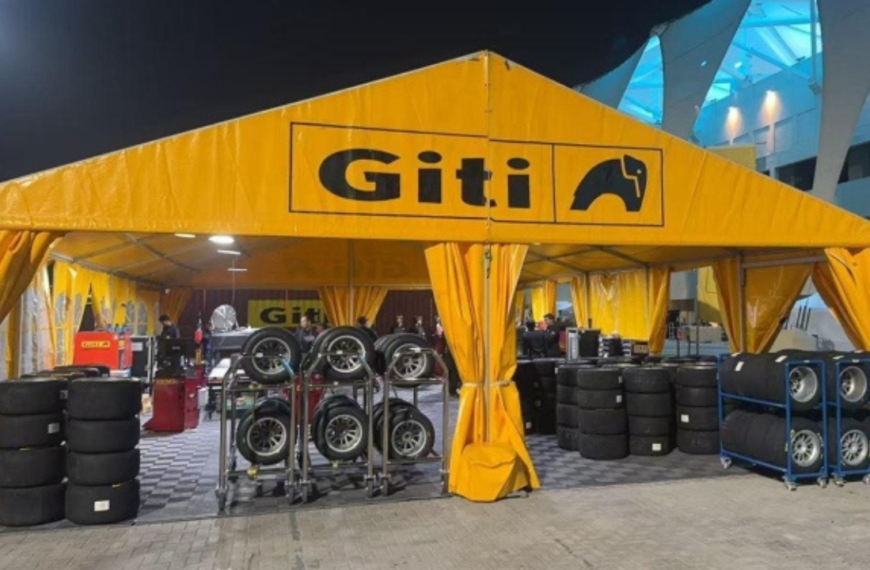UK horse racing is not only one of the most exciting sports in the world but also deeply ingrained in the country’s history and culture. The sport’s roots stretch back centuries, with its modern form developing alongside advancements in breeding and training. Horse racing in the UK is often referred to as the “Sport of Kings,” reflecting its long association with royalty and aristocracy, though it has evolved into a widespread national pastime. It attracts millions of spectators both at the track and on television, with enthusiasts cheering for their favorite horses, trainers, and jockeys.
Beyond its thrilling races and the allure of betting, UK horse racing represents tradition, community, and a sense of pride. Major racing events like the Grand National, Royal Ascot, and Epsom Derby are not just sporting spectacles but part of the social fabric of British life. The sport’s cultural significance is evident in the annual celebration of these events, which bring together people from all walks of life, offering a unique blend of sport, fashion, and pageantry.
Horse racing in the UK also has a rich history that intertwines with the country’s monarchs, with the royal family often playing a role in the races, either as spectators or participants. These events are an essential aspect of British heritage, drawing attention to the finest horses, the most skilled jockeys, and the most prestigious training stables. The allure of victory in these prestigious races offers competitors the ultimate honor, while for fans, it is a tradition to cherish and celebrate year after year.
The Grand National
The Grand National is undoubtedly one of the most famous horse races in the world, held annually at Aintree Racecourse near Liverpool, England. Established in 1839, this iconic race has grown into a major part of British sporting heritage, attracting a global audience of millions. It is a race like no other, with a challenging course and a unique set of obstacles that test both the skill of the jockeys and the stamina of the horses.
The race covers a distance of 4 miles 514 yards, featuring 30 fences that include the notorious Becher’s Brook and The Chair. These fences, combined with the length and the demanding nature of the course, make the Grand National particularly unpredictable and exciting. Unlike many other races, the Grand National has a reputation for surprise results, with long-shot horses often emerging victorious, creating moments of thrilling unpredictability that keep viewers on the edge of their seats.
Historical Significance
The Grand National has a rich history, having been held every year since its inception, except during wartime and a few other exceptions. Over the years, the race has become synonymous with British tradition, and its significance extends beyond the racetrack. The event has been a part of national life, frequently bringing people together for a day of celebration, betting, and spectacle. It has also had a profound impact on the development of horse racing, influencing the design of other courses and the development of steeplechasing as a discipline.
The race’s long-standing connection to the British royal family has only added to its prestige, with various monarchs and high-ranking members of the royal family attending the event throughout the years. Queen Elizabeth II, in particular, was known for her fondness for the Grand National, further cementing its place in the British cultural landscape.
Notable Winners and Memorable Moments
Over the years, the Grand National has witnessed some truly remarkable performances and unforgettable moments. Among the most legendary winners is Red Rum, who won the race three times (1973, 1974, and 1977), a feat unmatched in modern times. Red Rum’s triumphs remain one of the race’s greatest achievements, as his rivalry with the legendary horse Crisp in the 1973 race remains a classic moment in Grand National history. Red Rum’s remarkable career not only cemented his place in the history books but also captured the hearts of racing fans worldwide.
Another memorable winner was “Foinavon,” who triumphed in 1967 in one of the most unexpected outcomes in Grand National history. Foinavon was a 100/1 outsider, and his victory came about when a pile-up at the 23rd fence allowed him to clear the course and win, a true testament to the unpredictability of the race.
The Impact on the Horse Racing World and Beyond
The Grand National’s influence on the horse racing world extends far beyond the event itself. As one of the most-watched sporting events in the UK, it attracts millions of viewers each year, many of whom may not otherwise follow horse racing. This broad appeal has helped introduce a new generation of fans to the sport, inspiring them to explore other races and aspects of the equine world.
Additionally, the Grand National plays a significant role in shaping the economics of the racing industry. The event generates massive media coverage, boosts local tourism in Liverpool, and brings substantial revenue through betting, sponsorships, and hospitality. For trainers and jockeys, winning the Grand National is the pinnacle of their careers, offering lasting recognition and cementing their place in horse racing history.
Beyond the track, the Grand National is an event that brings together families, communities, and friends, becoming an integral part of British culture. The event has even made its mark on popular culture, inspiring films, books, and documentaries, solidifying its status as a cultural institution that resonates across generations.
Royal Ascot
Royal Ascot, first established in 1711, is one of the most prestigious and renowned horse racing events in the world. Held annually in June, this five-day event at Ascot Racecourse, located in Berkshire, is synonymous with tradition, luxury, and the British aristocracy. Its history is deeply entwined with the British royal family, with Queen Anne founding the event over three centuries ago. The event has since grown into a dazzling spectacle, attracting elite participants from across the globe, including world-class trainers, jockeys, and thoroughbreds.
Famous Races and Distinguished Guests
Royal Ascot features several renowned races, with the Queen Anne Stakes, the King’s Stand Stakes, and the Gold Cup being among the most iconic. These races attract the finest horses, and victories at Royal Ascot are often seen as some of the highest achievements in the racing world. However, it’s not just the races that draw attention; Royal Ascot is a fashionable event, with attendees donning elaborate outfits, including hats and suits, creating a stylish atmosphere that blends sport and high society.
The event also attracts numerous distinguished guests, including members of the British royal family, political figures, and celebrities. The royal family’s involvement in the event, particularly Queen Elizabeth II’s frequent attendance, has added a level of prestige that is unmatched by other races, elevating Royal Ascot to an international stage.
The Epsom Derby
Known as “The Derby,” the Epsom Derby is one of the most famous flat races in the world, first run in 1780. It is a cornerstone of the British racing calendar, often referred to as the “Blue Riband” of the turf. The Derby’s 1.5-mile course is set in the picturesque Surrey countryside, and it has gained a reputation for being a proving ground for the very best thoroughbreds in the world.
Notable Winners and Legendary Horses
The Epsom Derby has seen numerous legendary horses grace its track, including Nijinsky, Sea the Stars, and Galileo, all of whom cemented their place in racing history by winning this prestigious race. With such a long history, the race has produced unforgettable moments, such as the stunning performance of Frankel in 2011, widely regarded as one of the greatest horses of all time, though his Epsom Derby triumph was in the 2,000 Guineas, further illustrating how the Derby remains the gold standard in flat racing.
Why It’s Considered One of the Most Prestigious Flat Races
The Epsom Derby’s status as one of the most prestigious races is due to its long history, its importance as a key trial for the Triple Crown, and its ability to attract the finest horses and the best jockeys from around the world. The race’s impact extends far beyond just the winner, as it serves as a key barometer for the global bloodstock market, with the offspring of Derby winners often commanding extraordinary prices at auction.
Cheltenham Festival
The Cheltenham Festival, held annually in March, is the pinnacle of National Hunt racing in the UK. This four-day festival is the highlight of the jump racing season and features some of the most prestigious hurdles and chase races in the sport. The event has a rich history, with its origins dating back to 1860, and is synonymous with thrilling races and dramatic performances.
The Significance of the Cheltenham Festival in Jump Racing
Cheltenham is home to the famous Cheltenham Gold Cup, one of the most eagerly anticipated races in the world of National Hunt racing. The Festival is known for producing some of the most memorable moments in racing, such as the dominant victories of horses like Kauto Star and Arkle, both of whom have etched their names into the history of the sport. The Festival is also a key event for breeding and racing trends, influencing the future of jump racing by highlighting emerging talent.
Key Races: Gold Cup, Champion Hurdle, and Others
The Cheltenham Gold Cup is the highlight of the Festival and is often regarded as the crowning achievement for any jump horse. The Champion Hurdle and Queen Mother Champion Chase are also key races that bring together the best hurdlers and sprinters in the sport, creating a thrilling mix of talent and competition across the event’s four days.
Cheltenham’s Impact on the Racing Calendar
The Festival has become an essential part of the racing calendar, drawing crowds from across the globe. Its reputation as a premier event means that it continues to be a key focus for trainers, owners, and jockeys alike, with many top horses being specifically prepared for Cheltenham to showcase their best abilities on the big stage.
King George VI and Queen Elizabeth Stakes
The King George VI and Queen Elizabeth Stakes, held at Ascot in July, is another prestigious race that draws the very best horses from across the globe. First run in 1951, this race has quickly become a highlight of the international racing scene. Its 1.5-mile distance and the quality of horses that compete make it one of the most important flat races in the UK.
History and Importance of the Race
The King George VI and Queen Elizabeth Stakes is significant because it brings together many of the top horses from both Europe and beyond, often acting as a key indicator for the international racing scene. It has an especially important place in the breeding world, as winners are often highly sought after for their bloodlines.
Notable Winners and Records
Some of the most legendary horses in racing history have triumphed in this race, including champions such as Brigadier Gerard, Shergar, and Frankel. These victories have only added to the race’s prestige, making it a truly coveted prize in the racing world.
How It Compares to Other Major Events
While Royal Ascot and the Derby remain the focal points of British flat racing, the King George VI and Queen Elizabeth Stakes is increasingly viewed as a vital fixture in the global racing calendar. It stands alongside the Prix de l’Arc de Triomphe and the Breeders’ Cup as one of the most significant flat races in the world.
Glorious Goodwood
Glorious Goodwood is one of the most prestigious summer race meets in the UK, held annually in late July or early August. Set against the backdrop of the South Downs, Goodwood Racecourse is renowned for its beautiful scenery and unique atmosphere. The meeting spans five days and features a variety of top-class races, with the Sussex Stakes being the highlight.
A Look at One of the Summer’s Most Anticipated Race Meets
Glorious Goodwood offers a perfect blend of competitive racing, stunning surroundings, and a fashionable crowd. The event has become an essential fixture for racing fans, offering everything from thrilling sprint races to prestigious middle-distance events. It is known for being a more relaxed event than Royal Ascot, yet still attracts a high caliber of horse and rider.
The Importance of the Sussex Stakes and Other Key Races
The Sussex Stakes, a Group 1 race, is one of the major races at Goodwood, drawing in top-class milers from around the world. Other significant events at Goodwood include the King George Qatar Stakes and the Nassau Stakes, which showcase some of the best horses in the sport.
The Atmosphere and Fashion of Goodwood
Goodwood is famed not only for its racing but also for its fashion and social events. It has earned a reputation as a chic and stylish event, where fashion meets tradition. The racecourse provides a more relaxed yet glamorous atmosphere compared to other race meets, making it a favorite among attendees who enjoy combining world-class racing with a touch of elegance.
The St Leger Stakes
The St Leger Stakes, run annually in September at Doncaster, holds the title of being the oldest Classic race in the UK. First run in 1776, it is the final leg of the English Triple Crown, following the Derby and the 2,000 Guineas. The St Leger is considered one of the most prestigious and historic races, attracting the best three-year-old thoroughbreds.
The Legacy of the Oldest Classic Race
The St Leger Stakes has a storied history, with some of the most famous names in racing history having competed in it. The race’s longevity has made it a cornerstone of the British racing calendar, and its position at the end of the Triple Crown adds to its prestige. The St Leger has produced several famous winners, including Nijinsky, who completed the Triple Crown in 1970.
Significance in the Flat Racing Calendar
While the Derby may be the most well-known flat race, the St Leger’s place at the tail end of the Triple Crown gives it a unique importance in the racing world. It is often a deciding factor for many of the best horses and remains an essential event for breeding and racing fans alike.
Key Moments and Notable Winners
Over the years, the St Leger has seen some of the most exciting moments in racing, with famous horses like Legs of Venus and Masked Marvel capturing the public’s imagination. Its significance continues to grow, cementing its place as a timeless race on the British calendar.
Read more: How to Adapt Business Skills to Sports Betting
Conclusion
The prestigious UK horse racing events outlined above are more than just thrilling competitions; they are rich in tradition, culture, and history. From the Grand National’s unpredictable charm to the elegant atmosphere of Royal Ascot, and from the challenge of the Epsom Derby to the drama of Cheltenham, each race brings something unique to the table. These events continue to shape the landscape of British horse racing, showcasing the best talent and offering a platform for some of the world’s finest thoroughbreds. Their continued importance ensures that horse racing will remain a beloved part of British culture for generations to come.

















